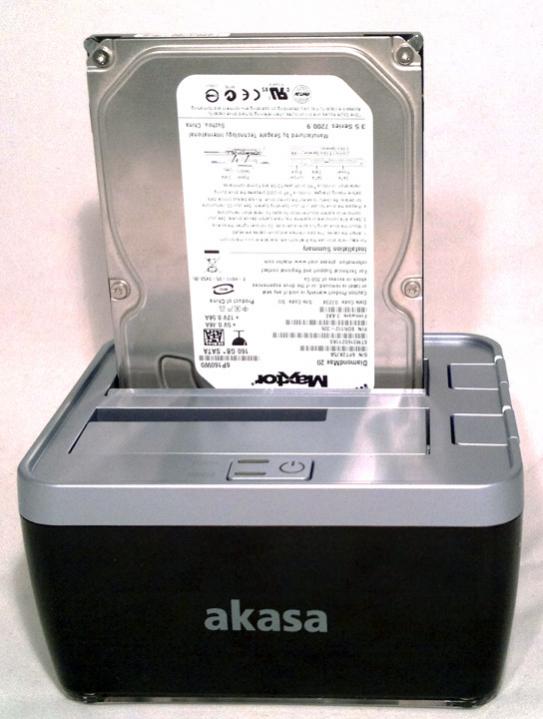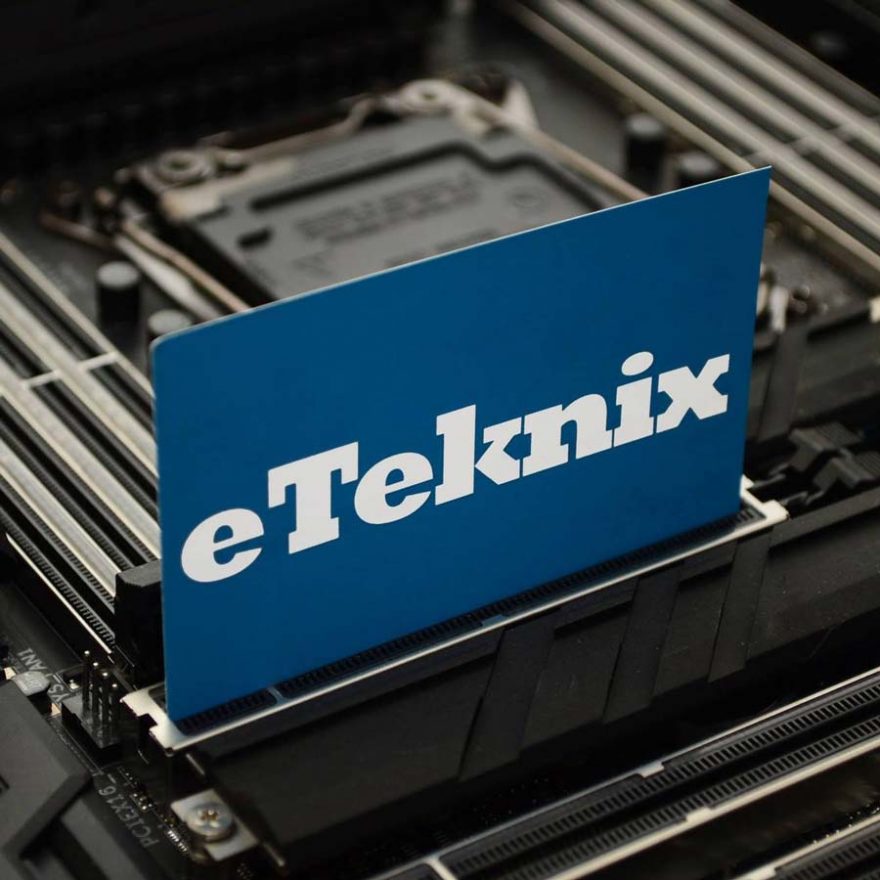Akasa DuoDock 2S USB 3.0 Docking Station
Andy Ruffell / 14 years ago
Test Setup
I will test this device using the following system:
[TABLE=class: grid]
[TR]
[TD=align: left]Motherboard[/TD]
[TD=align: left]Asus M4A785TD-M Evo[/TD]
[/TR]
[TR]
[TD=align: left]Memory (RAM)[/TD]
[TD=align: left]4GB Crucial 1600 MHz DDR3[/TD]
[/TR]
[TR]
[TD=align: left]Graphics Card[/TD]
[TD=align: left]MSI Nvidia 9500 GT (Operating Dual display)[/TD]
[/TR]
[TR]
[TD=align: left]Primary Hard Drive[/TD]
[TD=align: left]OCZ Vertex II 60gb SSD[/TD]
[/TR]
[TR]
[TD=align: left]Power Supply[/TD]
[TD=align: left]iCute 600watt[/TD]
[/TR]
[TR]
[TD=align: left]Operating System[/TD]
[TD=align: left]Windows 7 Home Edition 64-bit[/TD]
[/TR]
[/TABLE]
[/FONT][/FONT]
This rig also includes a Plexus USB 3.0 PCI Express card as my motherboard does not include any USB 3.0 ports.
We will test and compare (via several methods) the read and write speeds of the dock itself. For all tests we will use the same hard drive, a 3.5 7200 RPM Maxtor DiamondMax 20 160GB SATA II with an 8 MB cache buffer.
Firstly, we will test the DuoDock as it is meant to be run, using the USB 3.0 connection. We will then also test the DuoDock using a USB 2.0 connection. For comparison, we will also test this drive using the internal SATA connections of my computer. These tests will be repeated three times to gain a good average.
The software we will use to test the hard drive speeds is HD_Speed which is free to download.
Secondly it will be tested like any other peripheral for its general features and functionality as well as its design.




















